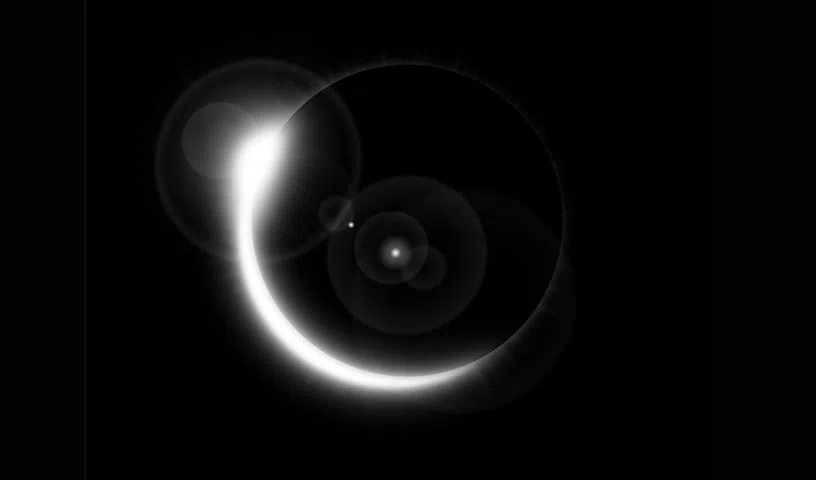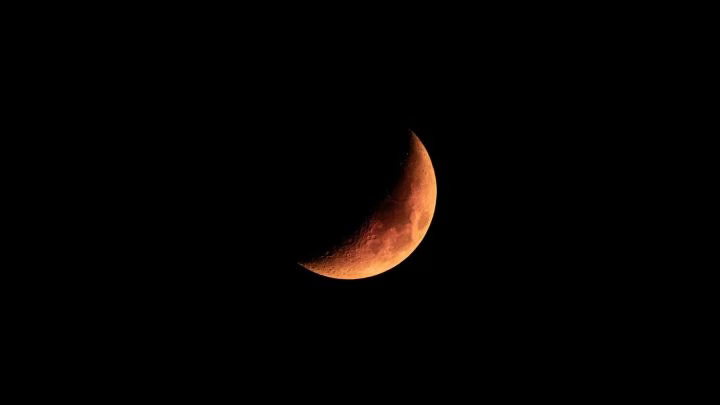A lunar eclipse occurs when the Earth passes between the Sun and the Moon, casting its shadow on the Moon. This can happen only during a full moon, which is when the Moon is directly opposite the Sun in the sky.
On October 28, 2023, a partial lunar eclipse will occur. This means that only a portion of the Moon will be covered by the Earth’s shadow. The eclipse will be visible from most parts of the world, including India.
City-Wise Timings for the Lunar Eclipse 2023:
The following table shows the city-wise timings for the eclipse 2023 in India:
| City | Start Time (IST) | Maximum Eclipse (IST) | End Time (IST) |
|---|---|---|---|
| Bangalore | 1:06 AM | 1:45 AM | 2:24 AM |
| Mumbai | 1:06 AM | 1:45 AM | 2:24 AM |
| Hyderabad | 1:06 AM | 1:45 AM | 2:24 AM |
| Indore | 1:06 AM | 1:45 AM | 2:24 AM |
| Delhi | 1:05 AM | 1:45 AM | 2:24 AM |
| Kolkata | 1:05 AM | 1:45 AM | 2:24 AM |
| Chennai | 1:06 AM | 1:45 AM | 2:24 AM |
When and Where to Watch the Lunar Eclipse 2023:
The lunar eclipse will begin on October 28, 2023, at 11:32 PM IST and will end on October 29, 2023, at 2:24 AM IST. The maximum eclipse will occur at 1:45 AM IST.
The eclipse can be viewed from anywhere in India where the sky is clear. However, the best places to watch the eclipse are in dark areas away from city lights.

How to Watch the Lunar Eclipse 2023 Safely:
It is safe to look at a lunar eclipse with the naked eye. However, if you want to get a closer look, you can use binoculars or a telescope.
Here are some tips for watching the eclipse safely:
- Find a dark location away from city lights.
- Use binoculars or a telescope to get a closer look.
- Do not look directly at the Sun through binoculars or a telescope.
- Take breaks every 20-30 minutes to rest your eyes.
Understanding Lunar Eclipse Shadows:
During a lunar eclipse, the Earth casts two shadows on the Moon: the umbra and the penumbra.
The umbra is the darkest part of the Earth’s shadow. When the Moon is completely covered by the umbra, it is known as a total lunar eclipse.
The penumbra is the lighter part of the Earth’s shadow. When the Moon is covered by the penumbra, it is known as a partial eclipse.
The Science of Lunar Eclipses:
Eclipses are caused by the alignment of the Sun, Earth, and Moon. When the three celestial bodies are aligned in a straight line, the Earth casts its shadow on the Moon.
The Moon’s orbit around the Earth is slightly elliptical, meaning that it is not a perfect circle. This is why eclipses do not occur every full moon.
Conclusion:
The lunar eclipse of 2023 is a rare astronomical event that is sure to be a sight to behold. If you have the opportunity, be sure to watch it safely.

